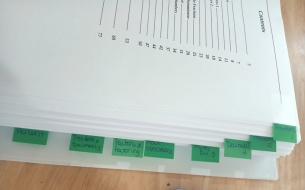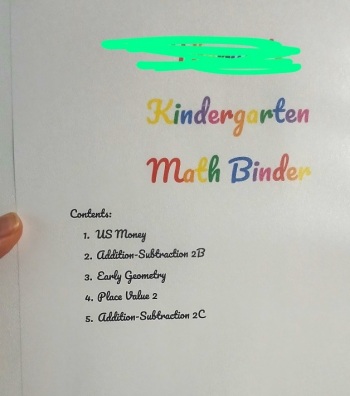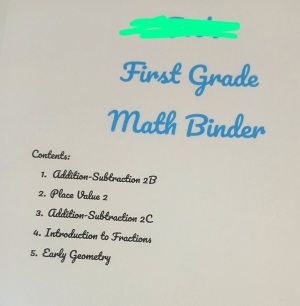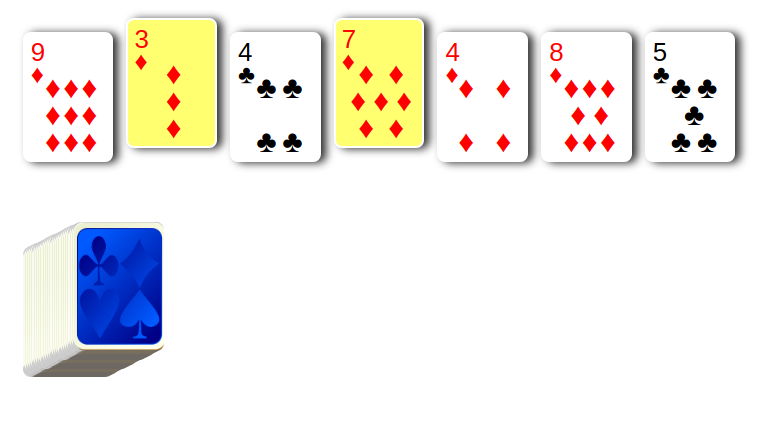
Hello again! In this month's newsletter we have: |
1. Math Mammoth newsThe traditional AUGUST SALE is live at the Math Mammoth website for the digital versions!Get ALL the digital downloads at 25% off! Use coupon code EP2T-42MF-FABQ at checkout. The promotion will last through August 31, 2025. Rainbow Resource Center will run a sale for Math Mammoth printed books September 2 through September 8. |
2. Placement into Math Mammoth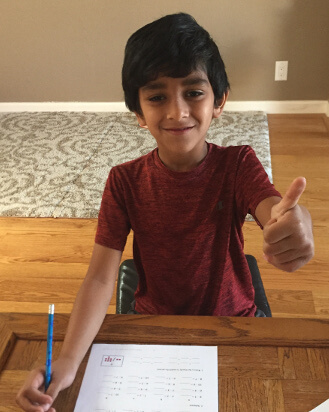 I want to emphasize the importance of proper placement. Sometimes, children struggle when they first start to use Math Mammoth, and most often the reason is because they were placed too high into the curriculum. We offer a set of comprehensive placement/assessment tests for you to use. (These tests can be used as generic math assessment tests, also.) They are end-of-year (EOY) tests — in other words, meant to be taken AFTER studying the particular grade. The tests enable you to find out about any gaps in your student's knowledge. In many cases, it is necessary to fill in those gaps prior to starting the Math Mammoth curriculum. (And you definitely can still do so even while using it.) For filling in those gaps, we recommend our Blue Series topical books. You can always send me your child's test results (already graded, please) if in doubt, and I will then suggest resources for your student's situation. Read more and download the test(s) |
3. Using the Blue SeriesThis tip is from a MM user who is using the Blue Series units for a full curriculum (which is possible; you just have to plan well):I thought I'd share how I've set up my kids' math materials for next year. I've used your suggested order page for the Blue Series as a guide and put together a selection of units for each of my three school-age children. I've printed everything out and tabbed it by unit so they each have essentially a personalized math book for next year, tailored to their needs. |
4. Feedback on Grade 1I am working on a revision for grade 1. With that in mind, I'm interested in hearing feedback from those of you who have used grade 1. Any ideas for improvement — whether overall or in specific lessons? Was something working well? I'd like to hear that, too, so I won't change what already works. :)Simply reply to this email with your thoughts — I'm all ears! I am hoping to have the new revision out in the first part of 2026. |
5. DyscalculiaI had a phone call with a teacher who is interested in finding solutions for dyscalculia and to learn more about it. I'm not an expert myself but I told her I'd ask my users. 😃 You guys have been great in the past and I hope to hear some thoughts about this topic too!If you have used Math Mammoth with a child with dyscalculia, how has it been? Were the materials helpful or did they hinder? Did you make any modifications/accommodations? If so, which? Any tips are appreciated! I can post them online for others to learn from. |
6. 7-Up Addition GamePractice your addition facts in this fun and simple card game! You will see seven cards dealt face up (for sums of 13 & 14 it will be eight). Simply choose any two cards that make 10 (or your chosen sum) to discard. When there are no cards that make that sum, click the deck to deal more cards. There is a slight chance that the game will get stuck (depends totally on chance), but most of the time you will be able to clear all the cards, and win! Go play! |
7. Just for fun!
Thanks for reading! 🙂 Feel free to forward this issue to a friend/colleague! Subscribe here. Till next time, Maria Miller |
| Complete curriculum | Math games and interactive practice | Math Mammoth freebies | New to MM? Start here |
| Privacy & your personal data | Parable of the Sower | Blue Series: For filling in gaps |

